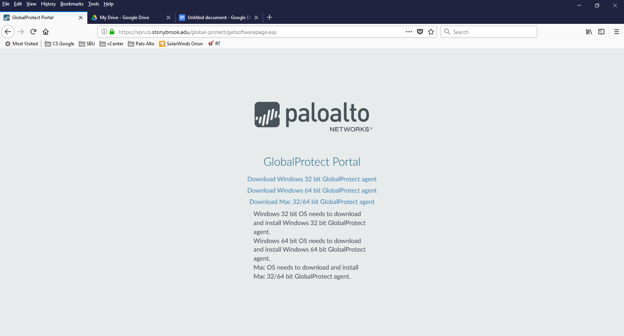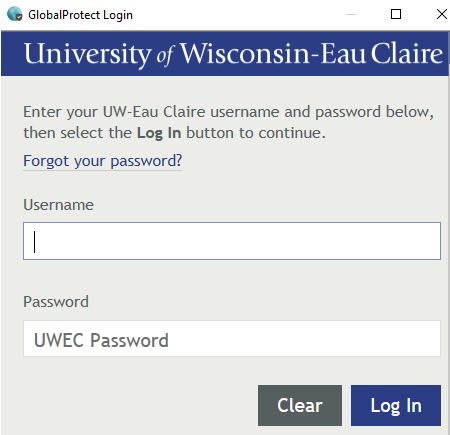
You need to stop the client: sudo systemctl stop gpd.serviceĪdd the code below to your /opt/paloaltonetworks/globalprotect/pangps. If you get the following error: Failed to connect to.

In my case this was: sudo dpkg -i GlobalProtect_deb-6.0.0.bĪfter the installation is complete you can connect to the CSU network with: globalprotect connect -portal If you are using an Ubuntu-based operating system you can now install the VPN client with this command: sudo dpkg -i

The result of this should be a series of. We can unpack it from the command line with the following command. Features: - User initiated VPN connection - Automatic discovery of optimal gateway - Connect via IPSec or SSL - Supports all of the existing PAN-OS authentication methods including Kerberos.

In order to do that I generated a pkgs folder and moved the. This should download a file called PanGPLinux-6.0.0-c18.tgz. In this post I'm keeping notes on how to install the CLI version of the client.įirst things first, we need to download the university's VPN package here. The installation of the VPN client is pretty straightforward. Download the correct GlobalProtect client installer for your operating system Double click on the installer to run it When the wizard starts, choose next. We recommend that you always activate it. In order to be able to access CSU resources off campus or ssh into my work desktop I need to install the GlobalProtect VPN. The VPN connection we use within the university is called GlobalProtect.


 0 kommentar(er)
0 kommentar(er)
